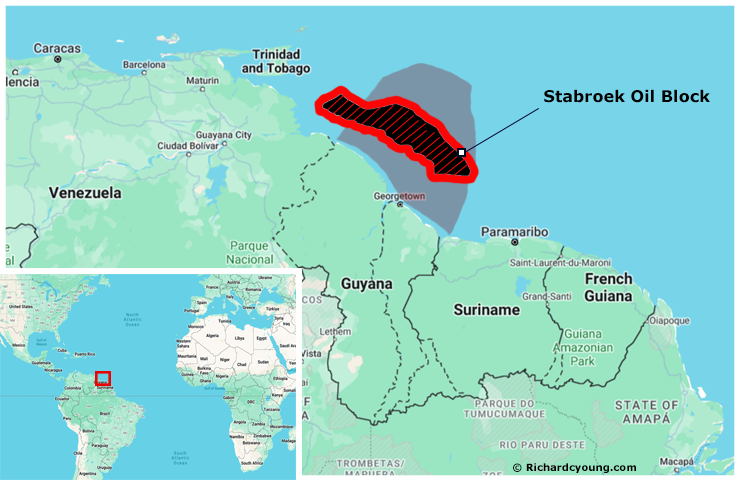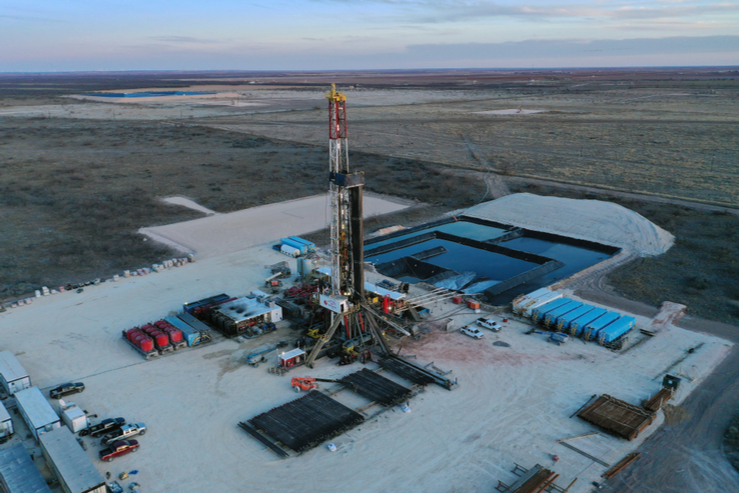
Chevron’s $5.7 billion Anchor project in the Gulf of America showcases a new generation of ultra-high-pressure drilling technology capable of tapping previously out-of-reach deepwater oil and gas reservoirs, according to Jamie Smyth of the Financial Times. Together with the Deepwater Titan drill ship, Anchor reflects a broader revival of US offshore drilling driven by new engineering advances, rising energy-security concerns, and pro-fossil-fuel policies under the Trump administration, including expanded lease sales and loosened regulations. The technology could unlock billions of barrels and help offset declining shale output, but it also raises concerns among environmental groups and some policymakers who warn that deregulation, complex new systems, and long-term fossil fuel commitments increase safety and climate risks. Despite renewed investment, the industry still faces uncertainty from volatile oil prices, political swings, and questions about the long-term viability of offshore development. They write:
Deep in the Gulf of Mexico, a gigantic steel structure about the size of a football field rises out of the blue, surrounded by ocean for 140 miles in every direction.
The oil platform, bristling with cranes and wrapped in miles of pipes and cables, is part of a $5.7bn project called Anchor that is revolutionising how companies drill for the black stuff.
Anchor, which has been developed by US oil major Chevron and its partner TotalEnergies, uses equipment that can operate at ultra-high pressures, about a third higher than previously deployed by the industry, to access previously unobtainable resources. […]
But new technologies and a slower than expected transition away from fossil fuels are breathing new life into the US offshore industry, along with a dramatic loosening of regulation by the Trump administration. […]
The revitalisation of the Gulf could be vital to maintain America’s position as the world’s largest producer of oil and gas, with onshore oil production forecast to fall in 2026 as producers of more costly shale cut investment in response to falling prices.
Read more here.


